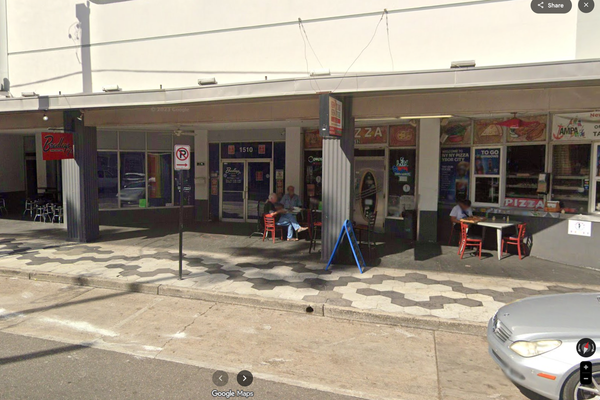
In May earlier this year, proceedings began for a much-publicized case; that involving Sean 'Diddy' Combs. On the 13th of that same month, Casandra 'Cassie' Ventura, a musical powerhouse in her own right, took the stand as the star witness, accusing Diddy of a number of offenses such as physical and emotional abuse, among others.
Many might wonder why Cassie didn't simply walk away from Diddy. In similar ways, many ask: 'Why don't women just leave their abusive relationships?' The truth is, it's rarely that straightforward, especially when coercive control is involved. Behind the glamour and fame, victims can be trapped in ways that aren't immediately visible. An expert weighs in on the case.
The Reality of 'Coercive Control'
Amy Polacko, a divorce coach from Fairfield County, Connecticut, recounts her work helping women escape controlling relationships, where subtle manipulation keeps victims tethered. She explains that even the most cautious women can be deceived.
These women often appear outwardly successful, but behind closed doors, they live under strict restrictions. Cassie's case highlights this, with her testimony about drugging, non-consensual sex, and emotional manipulation. It's clear her situation wasn't simply just about physical abuse but a deeper, psychological grip.
Coercive control isn't always obvious. It can disguise itself as concern or care, while secretly stripping away autonomy. Abusers might monitor calls, restrict access to finances, or demand constant updates on whereabouts. Victims often feel they are walking on eggshells, fearing the abuser's anger or retaliation. Over time, victims may stop recognising themselves, losing their independence and confidence. Even highly intelligent and independent women, like Cassie, can be hoodwinked into staying.
Recognising Coercive Control
Understanding coercive control is crucial, even if it isn't always visible in courtrooms. Signs include feeling criticised or humiliated, losing financial independence, or walking on eggshells. Victims may feel isolated, unable to express themselves freely, or afraid of retaliation. Recognising these patterns can be the first step toward breaking free.
Amy Polacko emphasises that victims often stay because they believe their abuser's promises, or out of fear. Society must acknowledge that leaving isn't a matter of willpower alone but involves complex psychological and emotional barriers. Raising awareness helps to dispel myths and supports victims in seeking help.
Why Leaving Is So Difficult
Leaving an abuser who exerts coercive control is rarely a simple choice. Amy Polacko compares it to the frog in boiling water—gradually, victims become so accustomed to the environment that they don't realise how harmful it's become. They may believe the abuser's promises to change, or fear the rage that erupts if they try to leave. Statistics support this: victims often attempt to escape multiple times before they succeed, with the process being dangerous.
The period around leaving is the most perilous. According to the Domestic Violence Services Network, 75% of homicide victims had tried to leave their abuser within the past year. Abusers see the loss of control as a threat, increasing the risk of violence. Victims also worry about retaliation, or being tracked down and hurt after leaving.
The Impact of Power and Status
Laura Richards, a behavioural analyst and advocate, warns that wealth and fame can hide coercive tactics. Abusers like Diddy can buy affection and status, creating an illusion of care while manipulating behind the scenes. Dr. Nadine Macaluso, a psychotherapist and trauma expert, explains that love bombing and public displays of kindness can mask severe control. Victims often become shells of themselves, unable to recognise their own needs or boundaries.
For many women, the real challenge is planning a safe escape. Amy Polacko advises gathering financial resources, legal support, and a safe place to go. She stresses that the goal is to regain control, no matter where that might be. For many, this means leaving behind a gilded cage, sometimes with nothing more than hope and a determined will.







